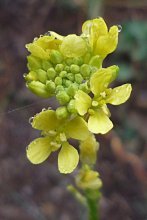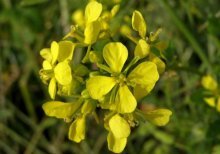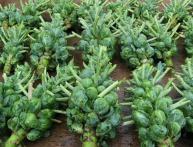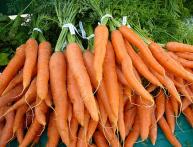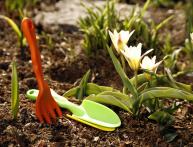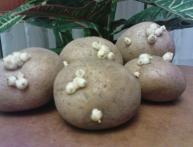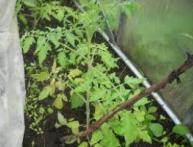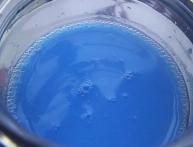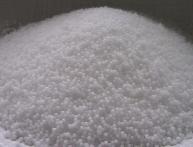Mustard as a fertilizer, its use and effect on plants

To fertilize the soil, they use not only chemicals, but also natural ones. Add to soil tobacco, onion peel and other components. In addition, mustard is used as a fertilizer. I often use it for culinary purposes, but experienced gardeners also use the plant for other purposes.
Content:
- Pros and cons of mustard as a fertilizer
- How to grow this plant?
- How does mustard affect other plants?
Pros and cons of mustard as a fertilizer
With the help of mustard, the soil is fertilized. But this plant performs a number of other functions. Prevents the appearance of weeds. They do not grow, since the mustard itself grows in a short time. Therefore, weeds do not have enough space to develop. Has phytosanitary properties. It destroys certain pests. With its help they fight against wireworms, slugs and pea codling moths.
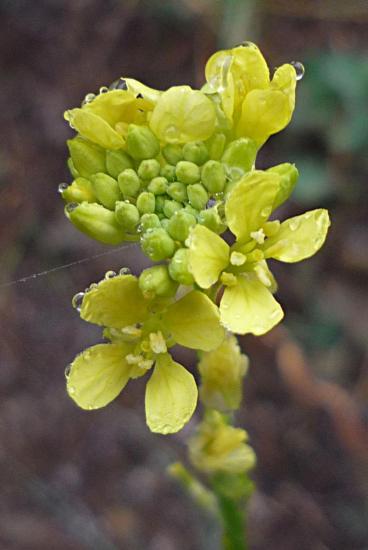
Protects plants from diseases. This is due to the fact that mustard combines iron in the soil, so the soil becomes healthier. Mustard systematically fertilizes the soil with organic substances, which turn into humus. Mustard as a fertilizer has a positive effect on the soil, making it loose. This happens with the help of roots that grow up to 3 meters. As a result, more air passes into the soil and moisture is better absorbed.
With the help of mustard, nitrogen is retained in the soil. Therefore, no leaching occurs. Mustard not only allows you to retain nitrogen, but also converts it into a form that other crops need. This fertilizer combines substances that are in the soil and turns them into organic form. This prevents them from going deeper into the ground.
When frosts begin, the ground is covered with snow, the mustard is spread on the surface and creates protection from the cold. This prevents the earth from freezing. This plant is an excellent honey plant. Therefore, it attracts insects that pollinate flowers. Mustard is planted near other crops. She acts as a companion. It can improve the development of many fruit trees and vineyards.
If a gardener decides to grow mustard for such a purpose, then you should not plant a lot of seeds. It is necessary to take quite a lot of them if the plant will act as a fertilizer.
Mustard acts as a precursor for many other crops. This includes potatoes and tomatoes. This is due to the fact that it can prevent many diseases and prevent them from appearing.
But there are some disadvantages of this plant as a fertilizer. Mustard is often attacked by various insects and suffers from diseases. This plant is an excellent food item for many birds, so they will be a frequent visitor to the garden. If this is a concern, then it is recommended to cover the seeds with mulch after planting.
How to grow this plant?
Today, purchasing white mustard seeds is not a difficult task. Any specialized store sells seeds packaged or by weight. But it is worth remembering that the seed material is quite similar to the seeds of cabbage crops.Therefore, sellers, wanting to make money from buyers, can sell rapeseed.
Video about mustard as a fertilizer:
This plant is also used as fertilizer, but its price and quality are much lower. Therefore, you should be careful when purchasing; it is better not to purchase goods in dubious places. White mustard is sowed throughout the entire gardening season. This procedure is performed from spring to autumn. Free spaces in the garden are planted with seeds. But experienced gardeners advise sowing mustard at such a time:
- In the spring, one month before the planned planting of other vegetables
- In the autumn, when the harvest was harvested.
- It is recommended to sow mustard as soon as the harvest has been harvested. The soil will not have time to dry out yet. There are 2 sowing methods:
- Seeds go deep into the ground by 1.5-2 cm. For this, rows are made, between which there should be about 15 cm.
- The seeds are scattered throughout the garden bed. After this, harrowing is carried out using a rake.
After planting, about 4 days will pass, and the first shoots will appear. A month later, when the sprouts reach up to 20 cm, it is worth mowing the planting. It is recommended to carry out this manipulation until mass flowering begins. After this, the mowed mass is crushed and transferred to the soil. After this, watering is carried out using one of the following preparations:
- Baikal
- Renaissance
- Radiance and other means
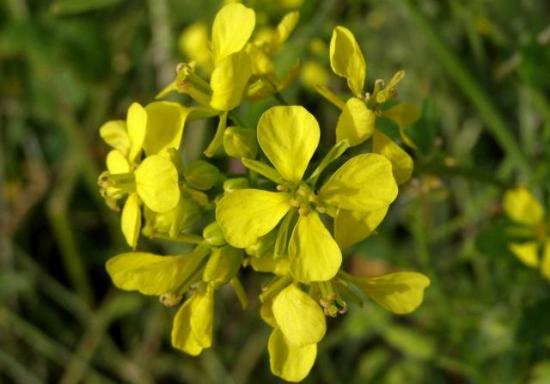
Finally, the ground is covered with a black film. It is worth understanding that the plant will decompose if priming will be sufficiently moisturized. For this reason, during periods of drought, systematically water the soil. If you apply mustard this way, the soil will improve. It will become loose and enriched, which will affect the development of other garden crops.
How does mustard affect other plants?
Despite the fact that mustard is an excellent fertilizer, it cannot be planted throughout the garden. Experienced gardeners advise not to sow this plant after potatoes, cucumbers and tomatoes. But it is contraindicated to plant mustard before and after cabbage.
This is due to the fact that these plants suffer from the same diseases and pests. For this reason, the planting will not be able to take root and will quickly die. In addition, gardeners do not recommend sowing a variety of root crops after planting mustard in the spring. This is due to the fact that phytoncides will begin to suppress the emergence of seedlings.
In addition, the mustard rhizome, which remains in the soil and has not rotted, will not allow the root crops to develop normally, so their shape will be unsightly. After that fertilizers It is recommended to plant strawberries. So, mustard is a unique plant. It is often used as fertilizer. With the help of mustard, you can significantly improve the development of other plants.

